You have probably heard of focus groups before. If not, what is a focus group anyway?
They’re a common marketing research technique, used in the development of many, many things we see and use every day.
As you work on your project, no matter how large and small, the idea of a focus group may be just what you need to make sure it truly appeals to your target audience.
Of course, knowing that focus group exists and knowing what focus group testing actually is are two different things. Here is our guide to what a focus group is, how focus group testing works, and how you can use the data you get from a focus group.
What is a Focus Group?
A focus group is a research method that is used to gather feedback and opinions from your target audience. Every person in the selected focus group is encouraged to participate in a discussion that has been planned in advance by the research team and is run by a facilitator.
Focus group testing is often used to gauge options and gather more information from users and target audience on products, services, and features before the project has been completed.
What are Focus Groups Made Up Of?
Focus groups typically consist of anywhere between six and ten participants. Every participant is chosen after filling out a private questionnaire. This allows the researcher to make sure there is a good mix of people in the focus group who truly represent the target audience for the product or service.
There’s also a team of researchers involved. Depending on what your project is and how you want to run the focus group, sometimes the group will be observed by researchers and/or members of the project team through a one-way mirror.
How Long Do Focus Groups Typically Last?
Focus group testing lasts around an hour and a half in most cases. It can be longer or shorter depending on the context, but the time is generally kept to a minimum so that people won’t feel participating will eat up their whole day.
Why Use Focus Groups?
What’s a focus group good for, anyway? Focus group testing is used in traditional market research. It collects the opinions of the target audience for a product, service, or concept.
It can be used to garner customer feedback on new products or services before the project moves into development. A focus group will allow a company to test out ideas to see if they are liked or not by their target audience for those ideas.
Focus group testing is a very widespread and accepted method of research. It’s used early on in the product development lifecycle to explore options and new ideas. It is also used later on in the development process to validate some of the concepts, or even choose between different designs and prototypes before a product launches.
There are many advantages to focus groups. They’re great for getting customer feedback and opinions on various concepts and ideas. You can, to a degree, replicate the format of a focus group session in assorted geographical locations.
This allows you to get a larger number of participants as well as a decent spread of demographics. If sessions are observed by members of a client organization, they allow them to get a feel for who their audience really is. This is something that is easily lost when reading reports.
Focus group testing is considered a good way to generate innovative thinking and new ideas. The thought behind this is that listening to the insights and thoughts of other people makes an individual start thinking of fresh ideas.
Because of this, focus groups have seen a lot of use in the UX (user interface) industry to generate new concepts for new products and services like apps and websites.
It’s also thought that focus groups offer a direct insight into the voice and opinions of the customers. They’re often used to make sure ideas and concepts are valid before carrying them into full development.
For the UX industry, in particular, focus groups are used to garner feedback and responses to new prototypes and designs. Focus groups are even used to choose between different design directions.
However, there are disadvantages to focus group testing. You can’t really ever remove the potential for “group think” from focus group testing. This kind of “group think” is when participants’ opinions are swayed by more dominant members of the group because they feel under pressure to conform.
Research has shown that what people do and what they say they will do are often very different. Purely relying on focus group testing can produce misleading results. If you’re trying to learn what the true behavior of your customers is, focus group testing is a useful tool but it should not be your only one. Use the results together with other reports to make adjustments to your project.
Focus Group Methods
A focus group needs an experienced moderator. This person will guide the discussions and encourage participant involvement.
Your moderator(s) should be skilled at managing and guiding groups of people without influencing the course of the discussion too much. Sometimes, focus group moderators need to use projective techniques and role play to learn what the focus group’s deeper attitudes are.
The focus group testing session should feel relatively unstructured and free-flowing. However, the moderator is actually following a script that contains set goals for the information that needs to be gathered from the session and particular issues that need to be discussed.
The moderator needs to keep the discussion on the right track without inhibiting the flow of comments from the participants.
The moderator also needs to makes sure that everyone in the focus group contributes to the discussion. They need to prevent letting one person’s opinions dominate the whole discussion. This will skew the results quite a bit and prevent the company from getting the actual info they need.
After the focus group testing session is done, then you move onto data analysis. This can be as simple as a report written by the moderator that sums up the prevailing mood of the focus group participants, typically demonstrated using a few of the group’s more colorful quotes.
You may want to do a more detailed set of analysis, but this can be hard with the unstructured flow of focus group testing.
You should run more than one focus group with more than one group of people. The group you select should all be representative of your target audience, but the outcome of a single focus group testing session is not necessarily representative.
Do’s and Don’ts for Focus Group Testing
Do Use Focus Groups Early On to Identify Vital Research Questions
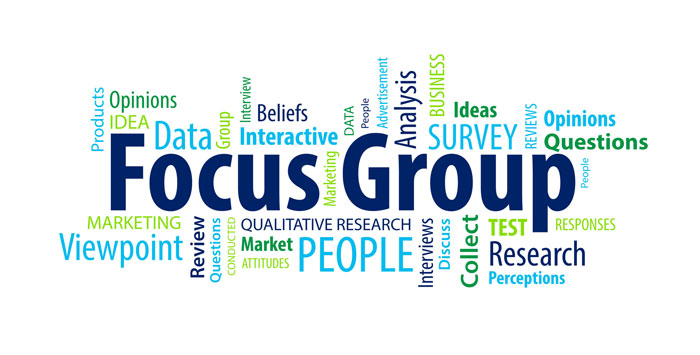
Focus group testing can be a good way to start a project. Getting together a group of potential target audience members together when you’re starting to explore a product idea can be incredibly helpful.
These focus groups can be a very cost-effective way to test out your initial assumptions, identify important market segments, explore product concepts, and get the data you need to create a research plan that will guide product development.
Don’t Try to Do Too Much With What You Find in Focus Groups

Focus groups are undeniably useful, but you shouldn’t rely too much on the findings you get from them. They are subject to a number of confounds, including participants’ speculation about the session, the relatively small number of participants, and influence of the opinions of others can have on the participants of the group (which can be quite significant).
These are the reasons that research very rarely use focus group testing in rigorous scientific research. Focus groups will provide you high-level feedback that can help you make strategic decisions, but they are not very helpful for making specific tactical design decisions. In those instances, turn to more reliable research methods.
Do Recruit Participants from a Diverse Array of Backgrounds

One of the major reasons for doing early discovery research is to identify important and relevant market segments. A way to do this is put together a focus group from various market segments.
You can find that certain ideas resonate more strongly with some participants than others. Exploring the reasons for these different responses can be a big help in identifying different products that might go well together in a product line.
Don’t recruit Participants Who are Either Too Similar or Too Different
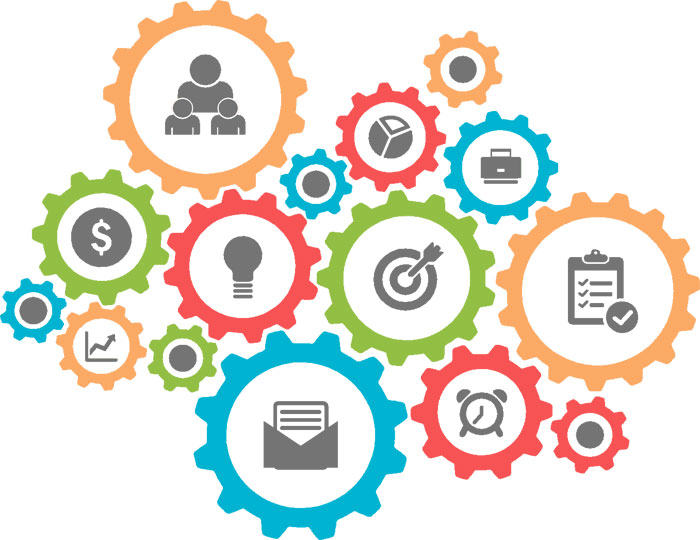
Focus group participants need to have something in common for you to get any useful information about the topic you’re trying to get data about. If you’re developing a product for fishing, for example, you want all the participants of the focus group to have an interest in fishing to some degree.
However, you also need to make sure that the participants aren’t too similar for you to get a variety of perspectives on the topic at hand and create discussion. In the fishing example, you’ll find that fly fishermen and boat fishermen all have different needs and wants. You’ll still likely find common themes across these subgroups.
When you find the differences, make sure you explore why the subgroups’ needs are different. This will allow you to understand why certain concepts appeal to certain sets of people. Having different groups of users in the room together can be very illuminating as they speak with each other about what they share and what they differ on.
Do Make Sure There are More Than two People in a Focus Group Session
A good focus group offers a number of perspectives and encourages communication between people with varying backgrounds. Participants will comment on what others in the focus group say, expanding on the topic or expressing a different point of view.
With just two people in a focus group, you’ll end up with a very different sort of session. It will be more like two separate interviews that you’re conducting at the same time. It’s harder to establish a lively exchange of opinions and ideas.
Don’t Include More than Six People in One Focus Group Session
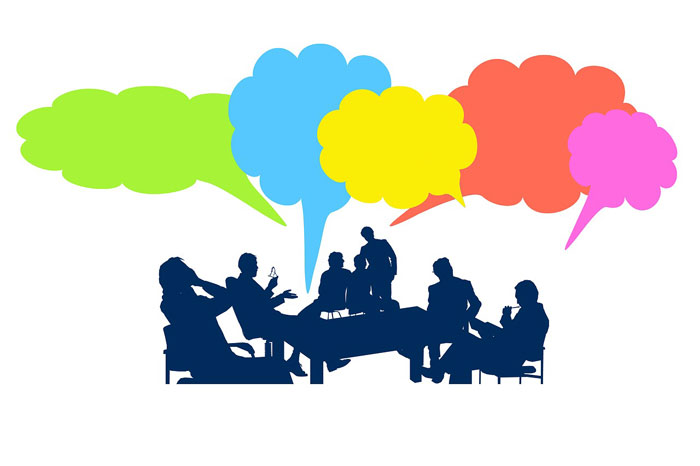
Making sure you get thoughtful comments from a group can take a significant amount of time. The more people you have in the focus group, the more time it will take. A session should not last more than two hours.
Participants tend to tire out after this amount of time and begin to pull back from the discussion. Try to stick to six participants per focus group testing session. This also helps you maintain control of the session as the discussion becomes more energetic.
Do Prepare a Research Plan
A good focus group testing session should walk very close to the line of complete chaos. This means it can be hard to maintain the session’s focus and make sure it covers everything you plan on it to cover. When making your research plan, start out with the business goals of your planned research, then identify the research goals that would support these business goals.
From there, you should be able to easily put together some helpful and specific research questions. These willed n up being the main topics that the focus groups will discuss. You need to make sure you can work each of these topics into every session without disrupting the flow of conversation.
Don’t Use Your Research Plan as a Script
A focus group needs to strike the right tone to be helpful. It’s vital for facilitating the free flow of ideas and encouraging open discussion. It’s very hard for a moderator to control the discussion’s tone if they’re reading from a script instead of responding to ideas and comments as they come up.
Focus groups also tend to be unpredictable. You can’t be sure what new concepts and ideas will emerge. Your moderator needs to be able to respond to these new ideas as they come up. It’s hard to do that if they are just following a script.
Do Give the Moderator an Assistant Moderator
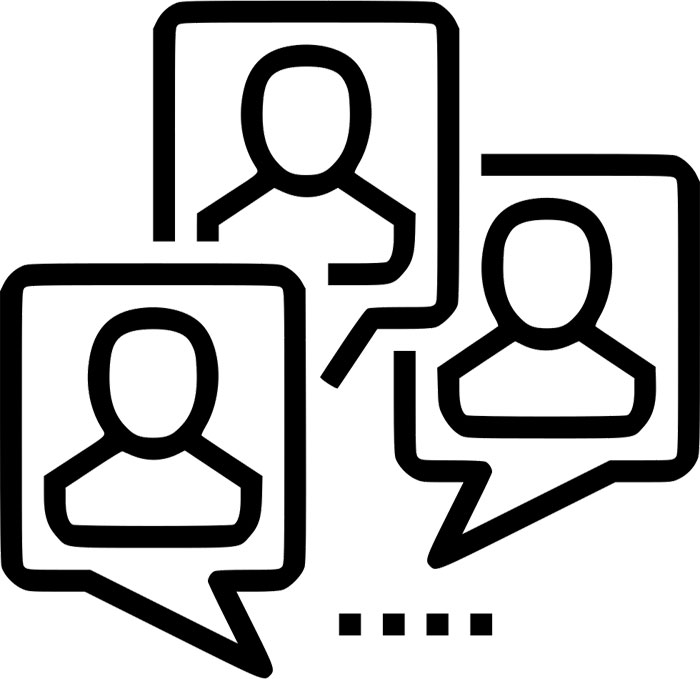
Focus groups are highly dynamic. The moderator can have a tough time maintain a free-flowing discussion, responding to comments, and keeping the focus group on track. Having a partner in the room can be a big help in keeping everything balanced during the focus group testing.
This assistant moderator can help by taking notes, keeping track of notes, and helping to enforce the structure of the discussion when it starts to get out of hand. This assistant moderator does not have to be quiet. They can jump in and ask questions if it seems like the focus group is missing an important point.
Don’t Rely on the Assistant Moderator to Control the Focus Group Testing Session
This is especially important if you are the moderator. The assistant moderator should be introduced as someone who is helping out by taking notes. They should not become a coach. The only way to truly control a focus group session is if one person runs it. Control through multiple moderators causes the session to disintegrate into true chaos.
Do Invite People to Observe Focus Group Testing Sessions

Focus groups, especially good and useful ones, are hard to distill into a report. This is true even if you use audio or video to help you out. The dynamic exchange of opinions and ideas is the main takeaway. The best way for people on your team to get a sense of this dynamic exchange is by allowing them to observe the focus group sessions.
You can easily set up cameras and allow them to watch the live feed over a secure connection. This works especially well if the interested parties are too far to observe a session in person. It also allows you to stage the focus group in a more relaxed setting without a conspicuous two-way mirror. Microsoft Round-Table is a very useful tool for streaming and recording focus group testing sessions.
Don’t Allow Observers to Interfere with the Focus Group Testing Sessions
The moderator is the only one who should be in control of the sessions. Participants who see someone else step in to start directing the discussion, they may begin to feel like they can also influence the direction. Things can quickly spiral out of control.
Do Encourage Conversation Between Participants

Talking in a group can be quite intimidating. It can take a little coaxing to get people to open up. Make sure the moderator encourages discussion by setting the tight tone of the session. Chat with every participant before you head into the planned discussion. Introduce yourself and offer some info about your personal experiences to let the participants get a feel for who you are and relax.
Do a round of introductions and pay real attention to what every person days. Ask thoughtful questions after each introduction to let the participants know that you really do care about them and what they have to say.
If there’s one person who is more open to communication, start by talking with that person to show an example of the kind of communication you want for the session, then move to another participant who may not be as chatty.
This way you can show the more reserved of the group that their ideas and opinions are just as important to you as those of the more talkative people. You will also be letting them know they can talk with you and the group just as easily.
Don’t Lose Control of the Focus Group Testing Session
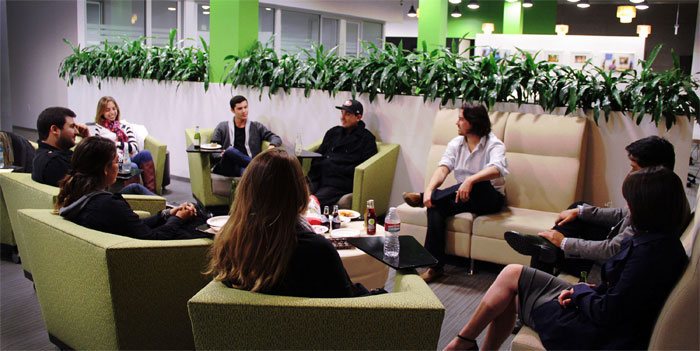
A discussion with too much momentum takes on a life of its own. You can end up wasting time and discussing something entirely unrelated to your research goals. In order to avoid this, the moderator should exercise strict control over the session. You should stop people is they go too far off the topic or take too long talking.
Do so gently, however. Say “I’m really interested in what you’re saying, but I need to get us back to the main topic of our discussion because our time is limited.” This will prevent the participant from feeling shut down or invalidated. The more often you do this, the better you will get at steering the discussion back on track more subtly.
Take the time to identify anyone who likes to control a conversation and direct its topics. They can do this on purpose or by accident. They tend to have forceful personalities. They’ll promote their thoughts and opinions to such an extent that they influence the ideas of others.
If you have one or more of this personality in your focus group, try to get their responses as you near the end of every topic. This way you can mitigate their influence. You should be ready to redirect the discussion if they start gaining too much momentum and seem to want to keep talking.
If there’s two or more in the room, you should try to keep them from talking one after the other. Get a buffer between them. If they start speaking to one another, they are likely to completely dominate the session.
Do Discuss Every One of Your Topics and Respond to New Ideas
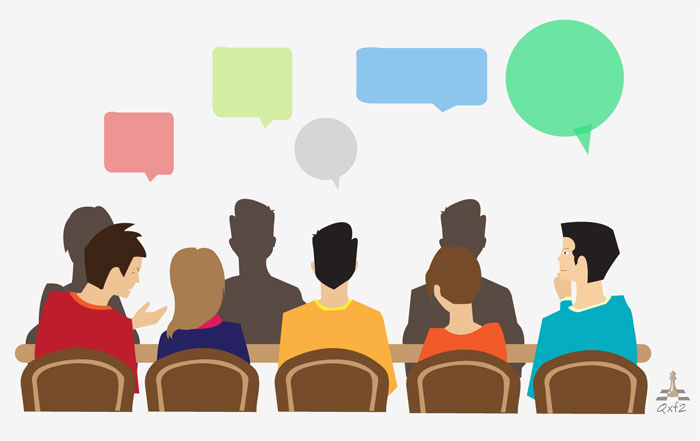
Work through your topics. As new ideas arise, which they will, explore them to see what their meaning is and if you can get multiple perspectives on it. When people first introduce their ideas, they are brainstorming. It isn’t fully formed.
They may have trouble communicating it effectively. Asking questions or getting responses from others in the room can lead to you getting a much better understanding of the idea.
Don’t Dig Too Deep into Any Topic
Your goal as a moderator is to frame questions in the right way instead of trying to get definitive answers. You are likely to learn that some of your questions are not really as important as you thought they would be.
Others that you didn’t; think were very relevant might actually be very important. You shouldn’t feel like you need to leave the focus group with all of the data you need to guide your company’s decisions.
Try to leave the session with a good understanding your information needs instead. This is very valuable because it means you can spend time, energy, and money in areas you really need to. It allows you to prioritize properly.
Ending thoughts on what is a focus group
Focus groups are great tools. Planning and managing them can be difficult, but getting a window into your target audience’s opinions is very valuable for any project’s development.
If you enjoyed reading this article about what is a focus group, you should read these as well:
- Web Design Basics: What Makes A Good Website
- Why Your Small Business Needs a Website
- A Guide To Usable Portfolio Websites For Digital Designers & Creatives
The post What is a focus group and what it’s good for appeared first on Design your way.
Source: https://ift.tt/2lvLCRh

No comments:
Post a Comment